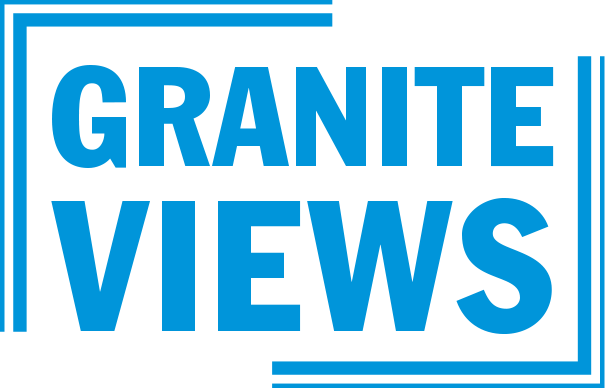Spring is a time of rebirth and renewal. I have found the increase in sunlight hours and warmer weather to be invigorating, inspiring hope and infusing optimism. I’ve noticed more people are out when I am out on my neighborhood walks, often with dogs or baby strollers, and strangers exchange friendly greetings in passing. My walking partner and I have optimistically started a couch-to-5K app regimen. My elderly mother has resumed her daily laps around the driveway, slowly regaining strength and endurance as she shakes off the winter and arthritic deconditioning from months spent indoors. And my husband is carefully tending and planting fig cuttings to grow more fruit trees.
Additionally, with 40.1 percent of New Hampshire’s total population with at least one dose, and 19.2 percent fully vaccinated, according to an April 4 report from NPR, and now all residents age 16 and older eligible, I sense the heightened anticipation for our return to some semblance of the pre-Covid “normal.” And while we patiently wait for all our family and friends to get vaccinated, I am excited to resume safe, outdoor socializing with others, including backyard barbecues and evenings around a firepit, all facilitated by the warmer weather, as social interactions are a really vital contributor to our mental health and well-being.
We know that the pandemic has resulted in many of us feeling isolated and lonely, with increased stress and anxiety, thus necessitating learning healthy ways to cope with stress and build resilience; and sometimes requiring professional assistance. Connecting with others, talking with people we trust about our feelings, and sharing our concerns through meaningful conversation are powerful coping tools. Unwinding, whether alone or with friends, undertaking activities we find enjoyable and doing good and helping others are also helpful for our well-being, as are efforts to take care of our bodies, such as regular physical activity, eating healthfully, getting plenty of sleep, and avoiding excessive alcohol, tobacco and other substance use.
Finally, connecting with community can be really impactful. For me this has manifested as returning to church after a year to resume playing music with others, thanks to being fully vaccinated. And so I returned to accompany the lone keyboardist who has carried on this past year; the other musicians and singers are looking forward to returning once they are vaccinated, as well. In my faith, Easter Sunday is of monumental significance, and the new life and new joy of the occasion was evident in the upbeat and celebratory music and rhythms that stirred clapping and swaying and inspired hope for new beginnings.
As the warmth and wonder of spring unfold, what new opportunities will you be exploring?

